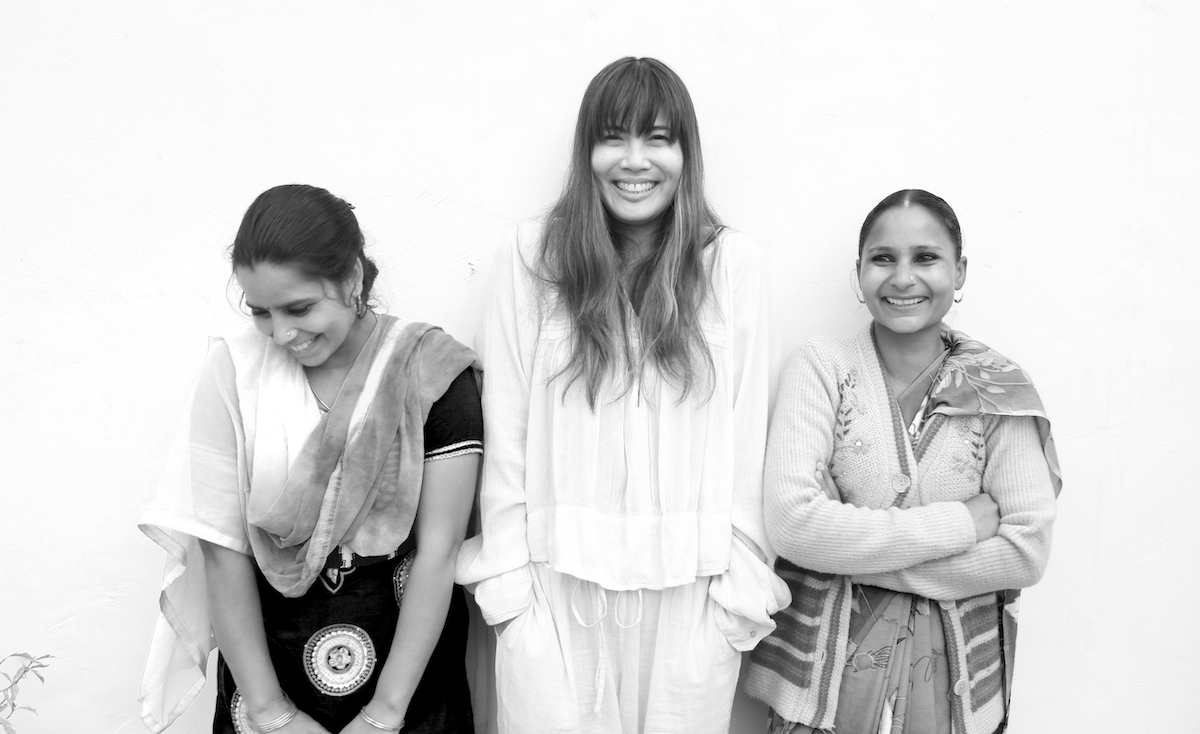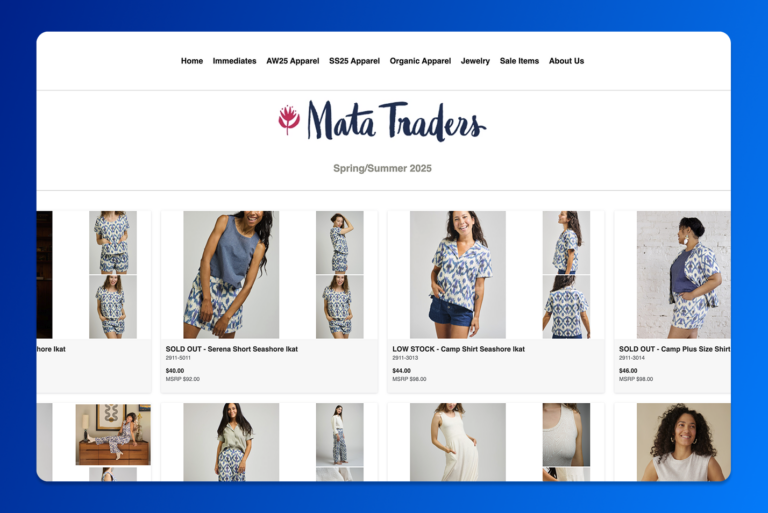“At the end of the day, no one needs more clothing. That’s the reality.”
It’s not what you expect a fashion designer to say, but Anaak designer Marissa Maximo is not your typical designer. Maximo, a recipient of The ApparelMagic Grant for Emerging Designers of Color, is committed to creating a more equitable, ethical fashion system.
“It’s not about offering disposable or fast fashion,” Maximo says.
Indeed, the fashion industry has sped up to cycle through trends faster than we could have thought possible even twenty years ago. Labor standards are opaque and too often ignored by customers, and the pollution caused by apparel production and distribution is nearly unparalleled.
Encouraging customers to take a hard look at their shopping, Maximo asks them to ask themselves, “How did it get made? How did it get the trim? How did it employ people? How did it ship?”
“It’s all these hidden costs that people don’t realize,” she says.

“I work with nonprofit organizations with artisans in rural India, so I have to do a lot of preplanning and a lot of cost analysis to make that happen because we pay a fair wage and want to ensure they have ample time to work on the handwork they do.”
What if, Anaak seems to ask, the clothing we bought was a net positive? What if for every garment you purchased, someone’s life was improved on the other side of the world? That’s the vision Anaak customers see in the fitting room.
“They’re contributing. They’re helping by buying our product,” Maximo says. “I’m hoping that they feel that they’re part of the brand themselves.”
This business plan didn’t come out of thin air. Maximo went to school for fine art before spending almost two decades rising to the top of the corporate fashion retail ladder, only to then reevaluate her impact on the world at large.
“With a large corporation, as much support as they have and as great as it is, you become more and more removed from the product and the customer,” she says.
Since then, she’s used Anaak to rebuild from the ground up.
“I had to detox and relearn,” Maximo says. “I’m still relearning.”
Relearning here means taking time, often months on end, to visit artisans, working with them to design and manufacture Anaak’s line of ethereal, easy separates.
“Prior to COVID I traveled a lot,” Maximo says. “I spent half the year in India. I would spend months at a time working with artisans, and I honestly miss that.”
With such a hands-on approach, Maximo is able to fine-tune her design and her supply chains in order to be kinder to her collaborators the world over.
“With the artisans I work with,” she says, “often times, I don’t put upon them what I want, but I want to see what they can do, and I try to work with what they know.”
While it’s nothing like how a corporate fashion retailer would operate, this back-and-forth process works for Anaak.
“I try to show their work to the world in a way that might be more palatable or understandable for the western customer. I often feel like I’m more of a vehicle for their work than the other way around. It’s a way to give a voice to their work.”

Even outside of the production side, when it comes to identity in the fashion machine, representation has long been on Maximo’s radar.
“When I think about twenty years back when I started in the industry at the corporate level, I was one of the few women of color working in the company,” she says.
On the product side too, she remembers designers taking only one skin color into consideration, neglecting to see how colors and fabrics appeared across a more inclusive spectrum.
Maximo, like other women of color in the fashion industry, notes there have been additional uphill battles when it comes to career growth into the highest levels of leadership or negotiating with lenders and factories. Even with this against her, however, she works everyday to use her platform to lift up the women she works with:
“When you go more into the rural regions, women don’t even have access to independent income. They literally can’t work. They have to take care of the families, and they’re very beholden to their husbands. So this was an opportunity to train them and an opportunity for them to have their own earnings.”
For more information on the ApparelMagic Grant for Emerging Designers of Color, the winners, and other resources for fashion businesses, please click here.







